Elena Pankova
Mother the Cake is Burning, Feb 12 – Mar 21, 2010
Past: 55 Chrystie St
Installation view, Mother the Cake is Burning, Canada, New York, 2010

Installation view, Mother the Cake is Burning, Canada, New York, 2010

Installation view, Mother the Cake is Burning, Canada, New York, 2010
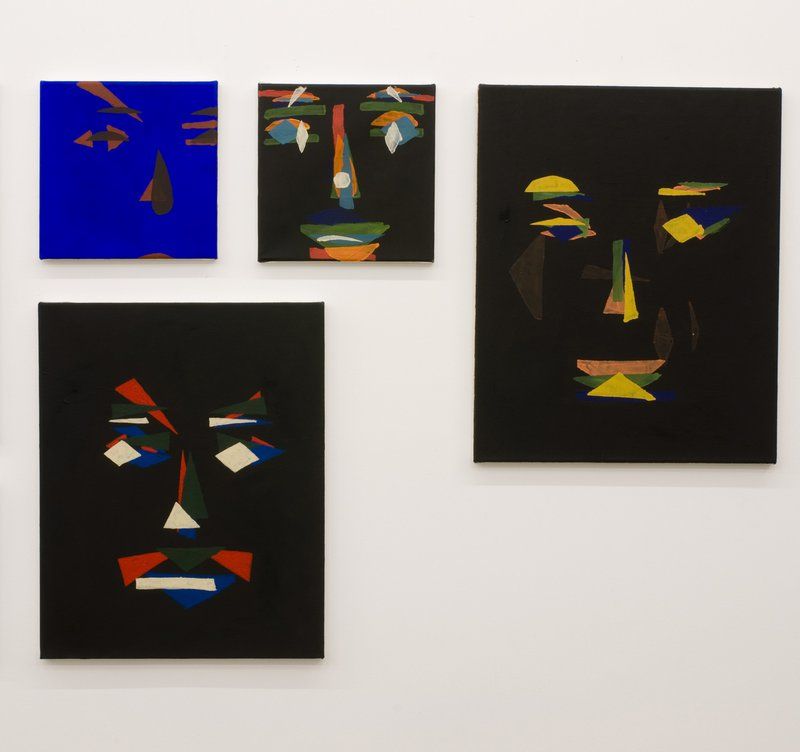
Installation view, Mother the Cake is Burning, Canada, New York, 2010

Artworks
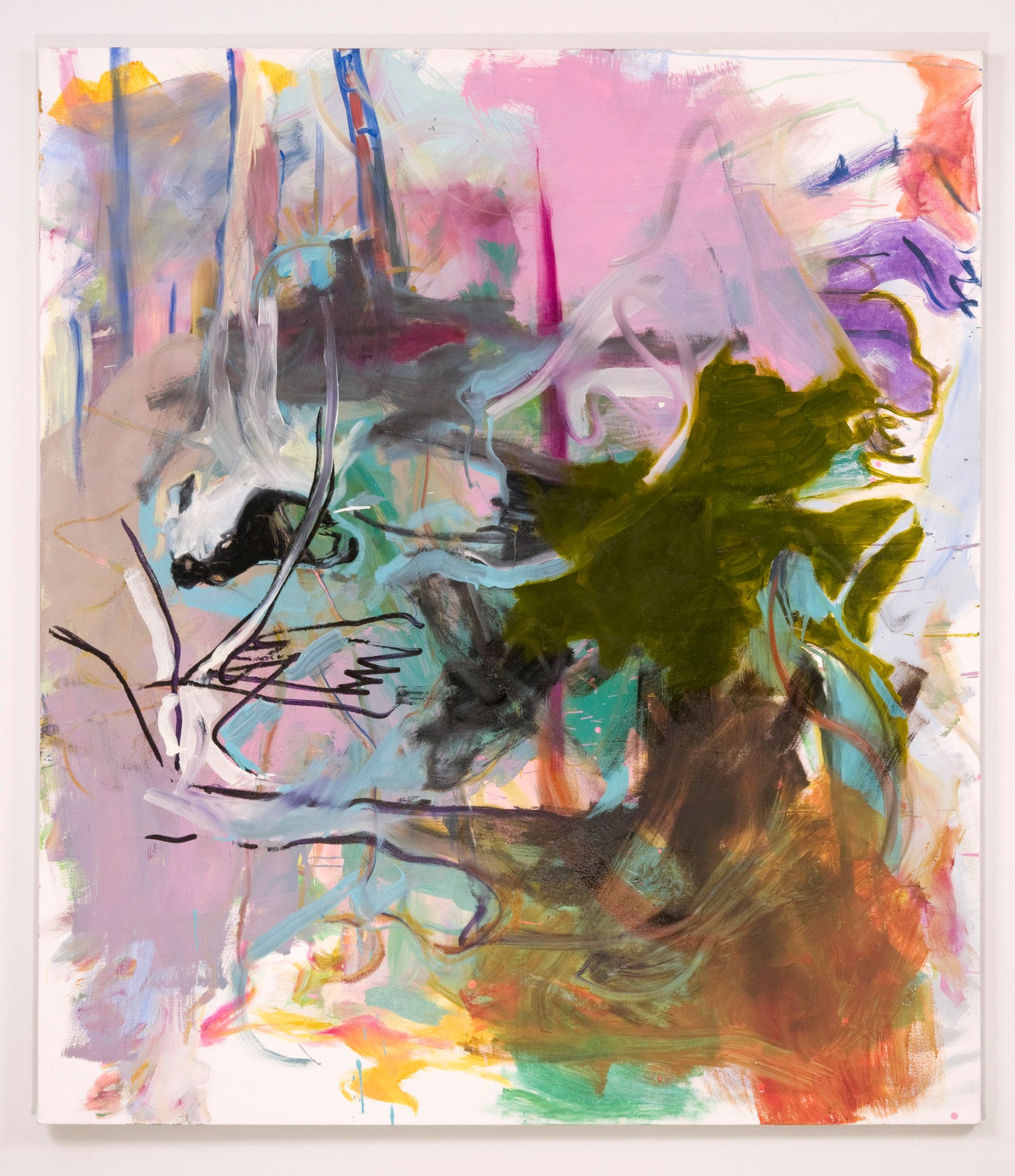
Anke Weyer,
Clairvoyance,
2009,
72 × 63 in (182.88 × 160.02 cm)
Oil and acrylic on canvas
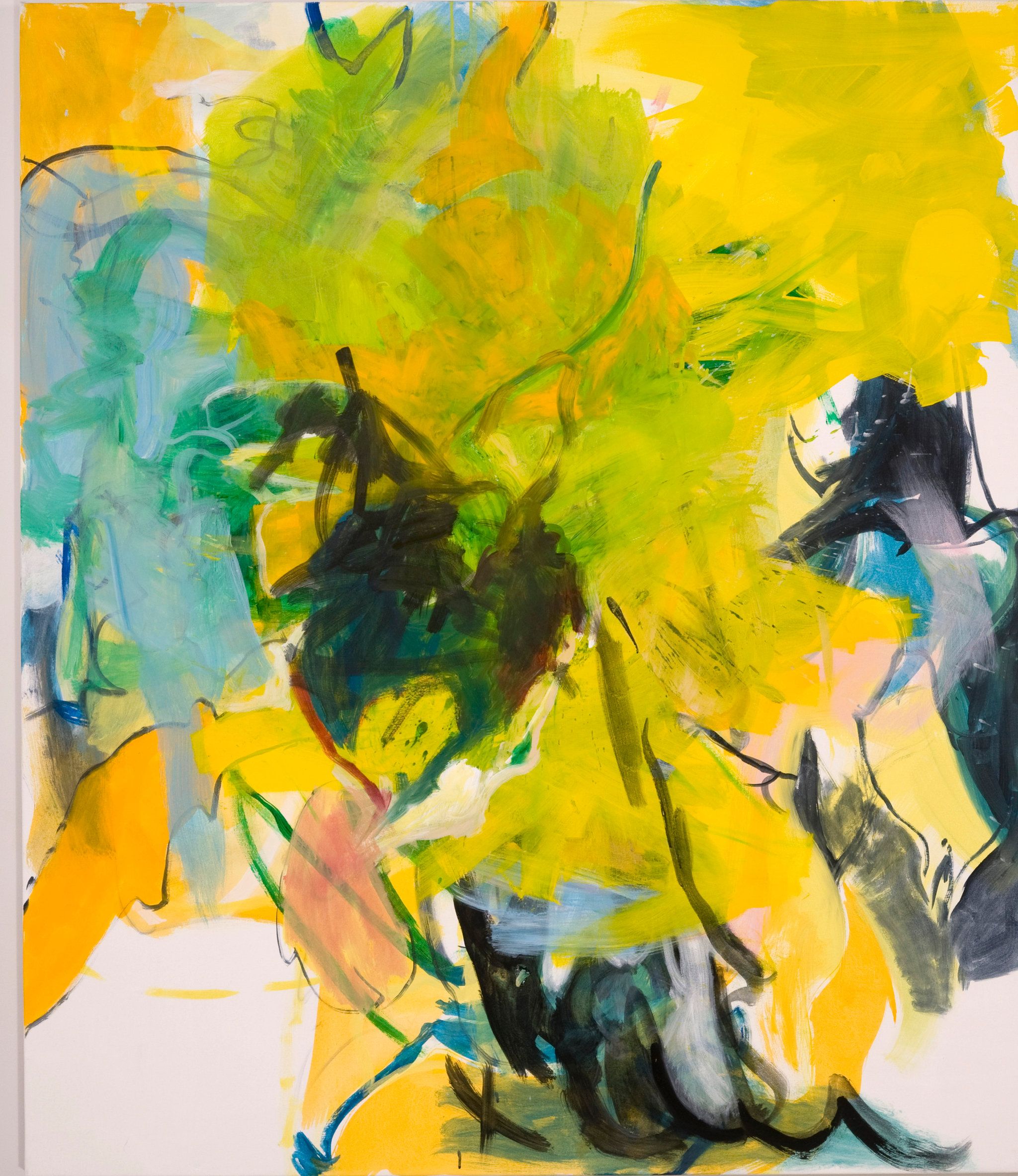
Anke Weyer,
Reject,
2009,
68 × 58 in (172.72 × 147.32 cm)
Oil and acrylic on canvas
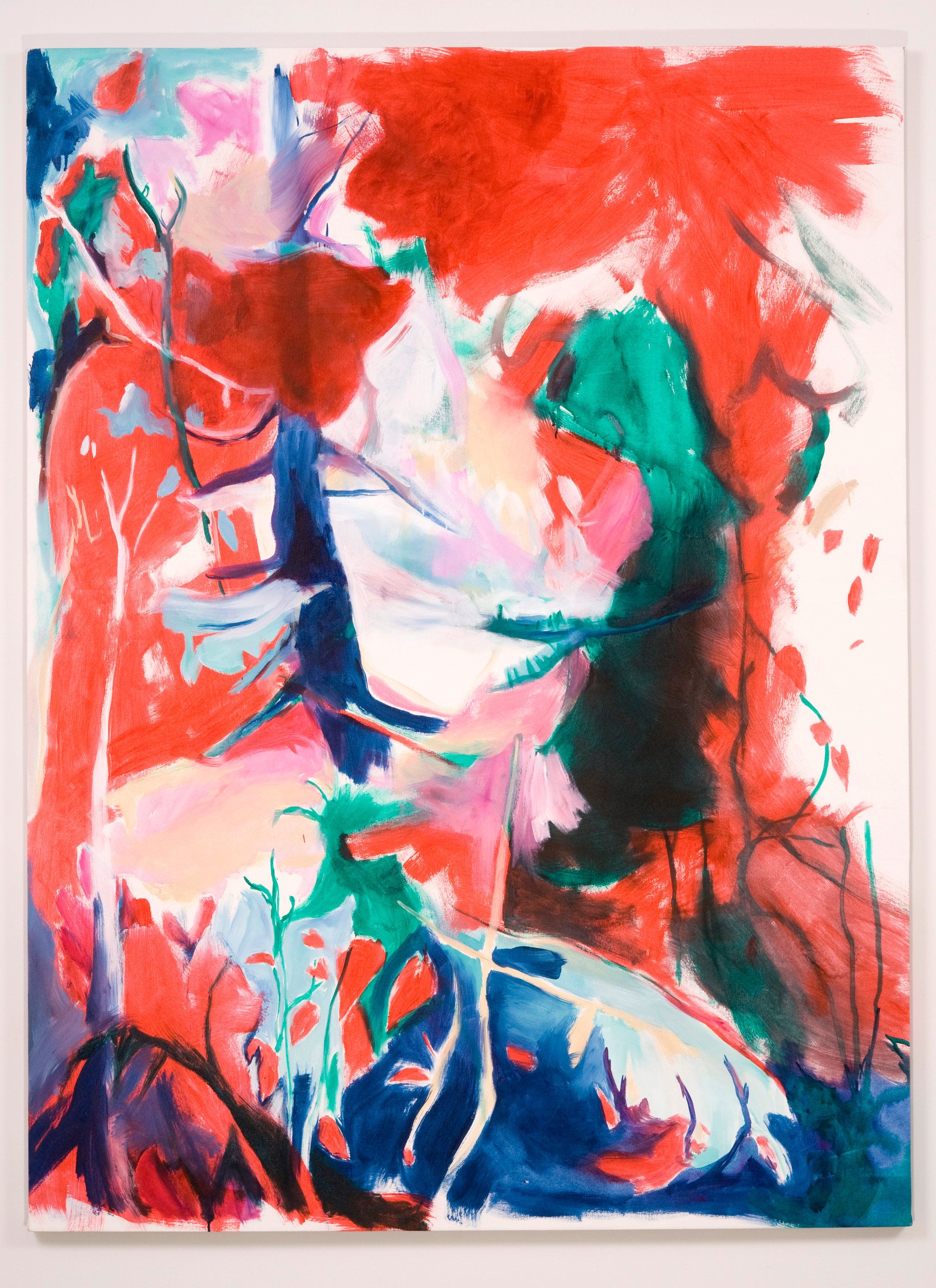
Anke Weyer,
Quinacridone Amoxicillin,
2009,
78 × 64 in (198.12 × 162.56 cm)
Acrylic on canvas
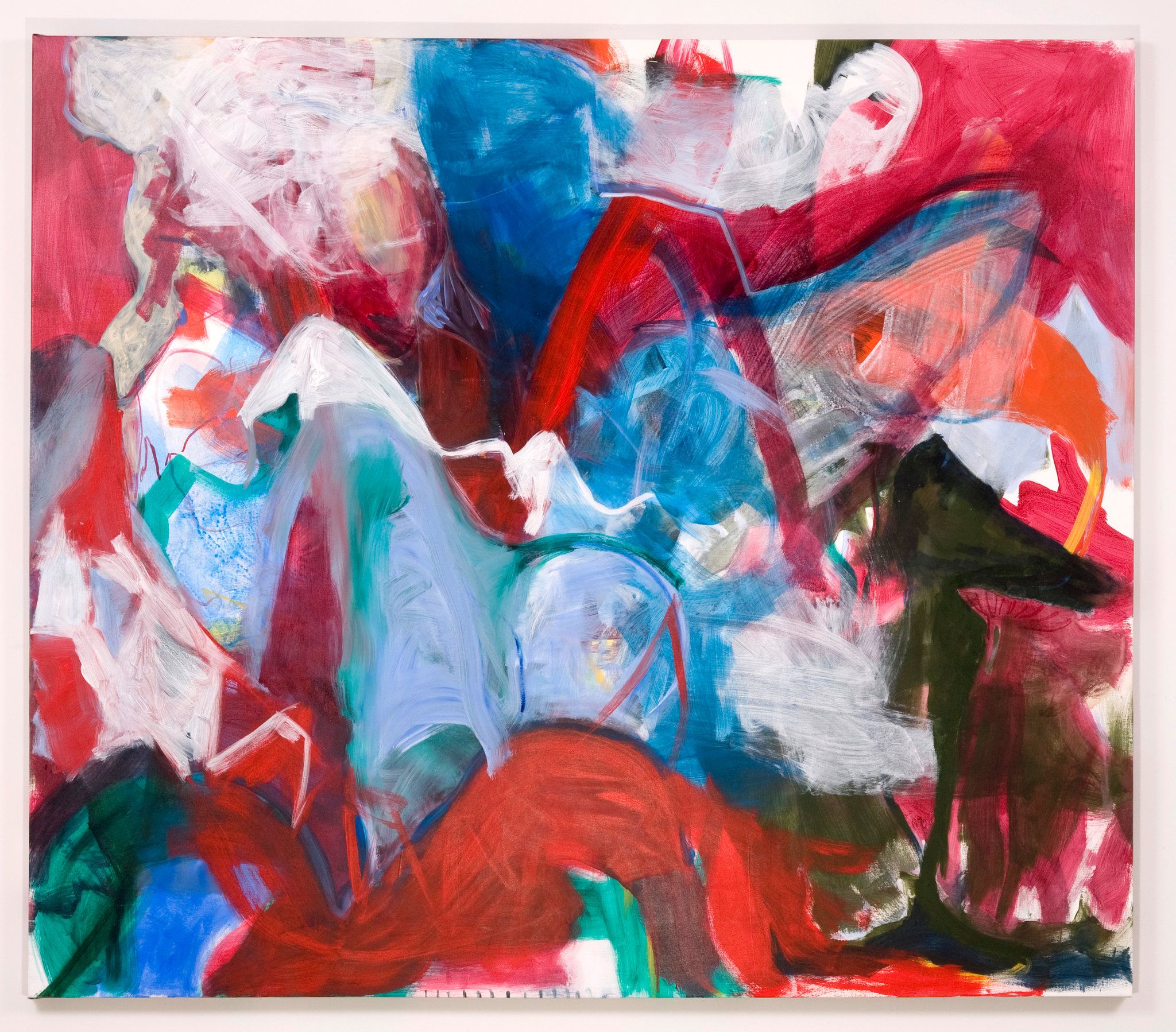
Anke Weyer,
Soft Thing,
2009,
67 × 77 in (170.18 × 195.58 cm)
Acrylic on canvas
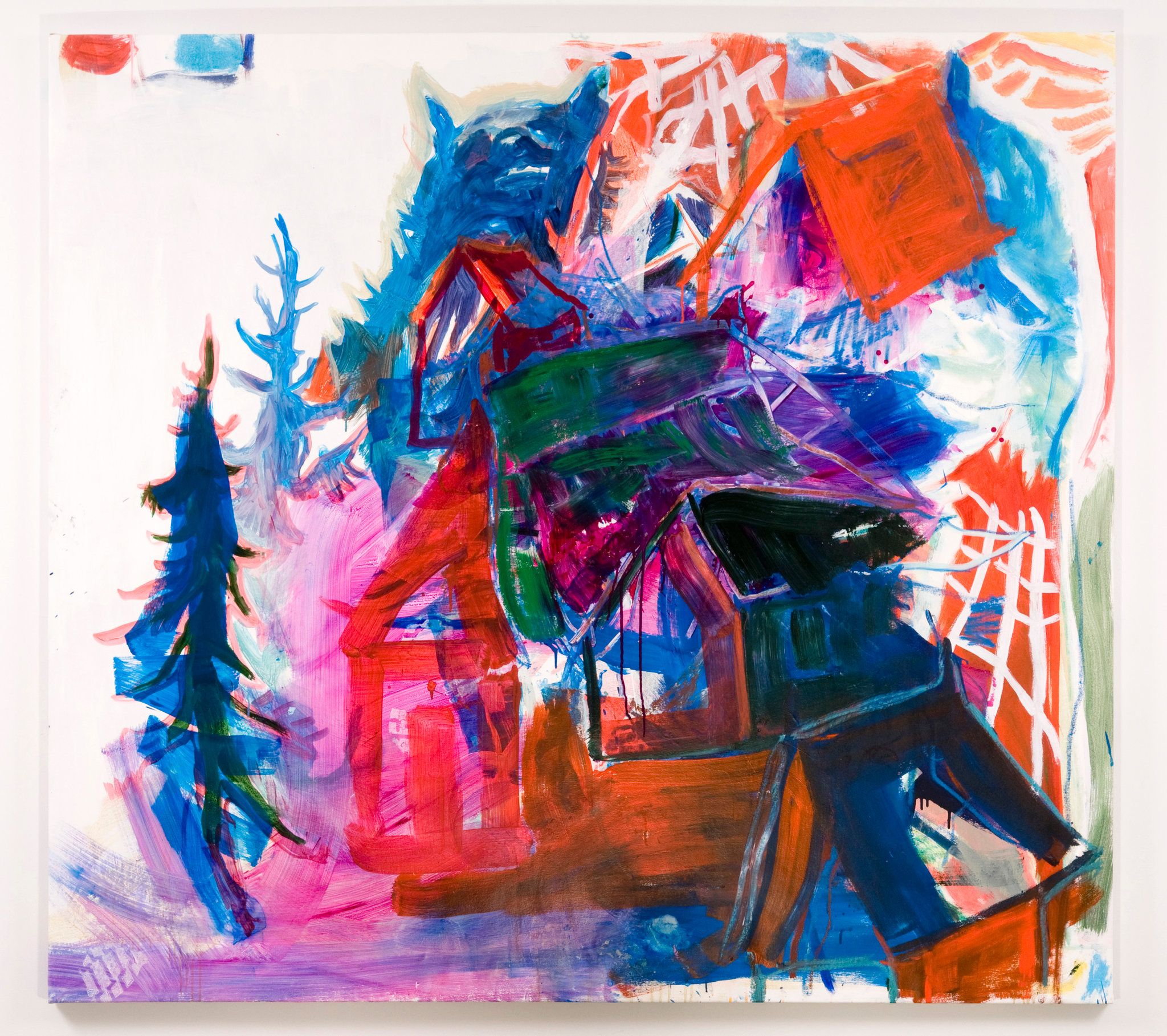
Anke Weyer,
Deformation,
2009,
71 × 78 in (180.34 × 198.12 cm)
Acrylic on canvas
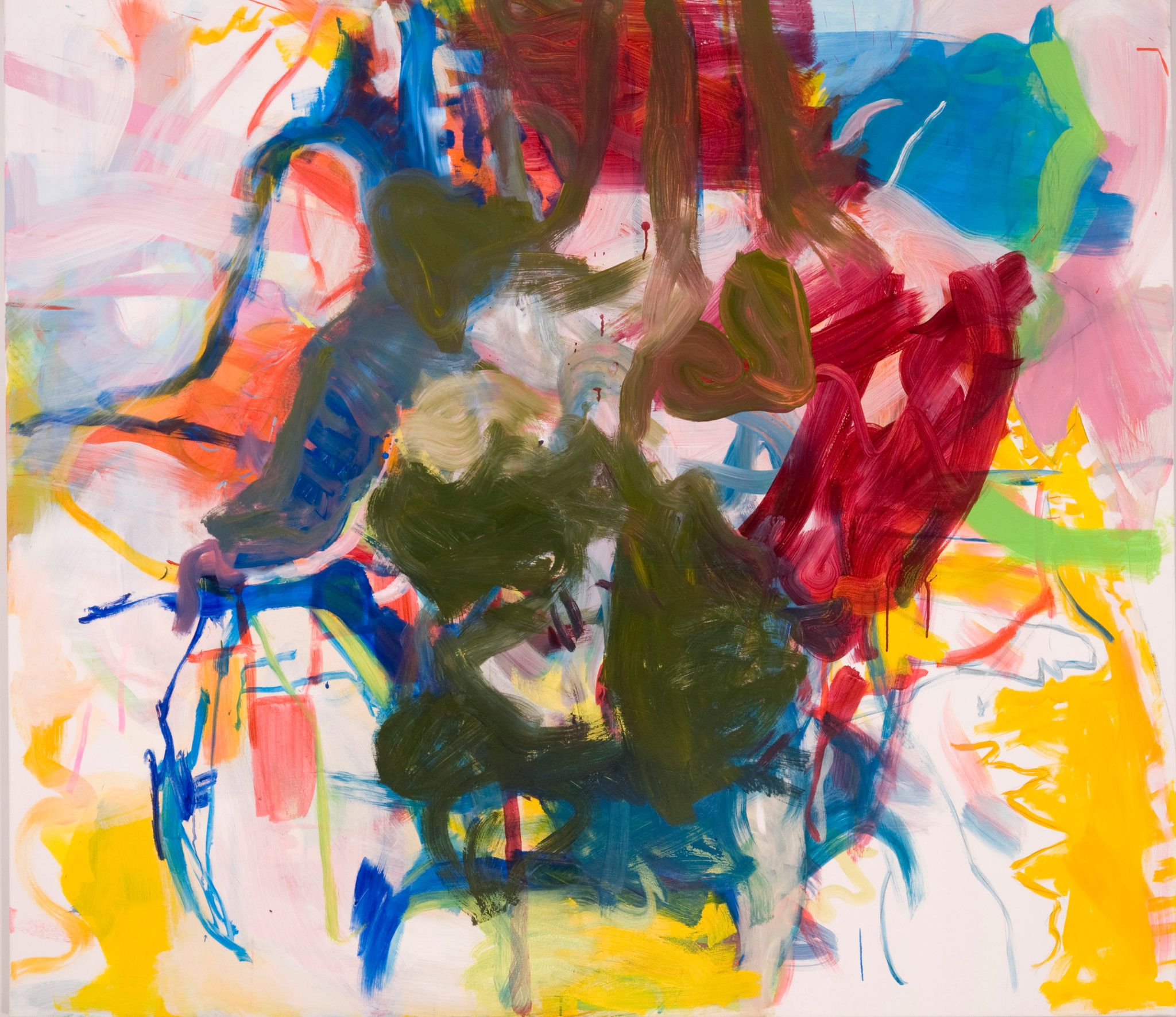
Anke Weyer,
Suspend,
2009,
64 × 74 in (162.56 × 187.96 cm)
Oil and acrylic on canvas
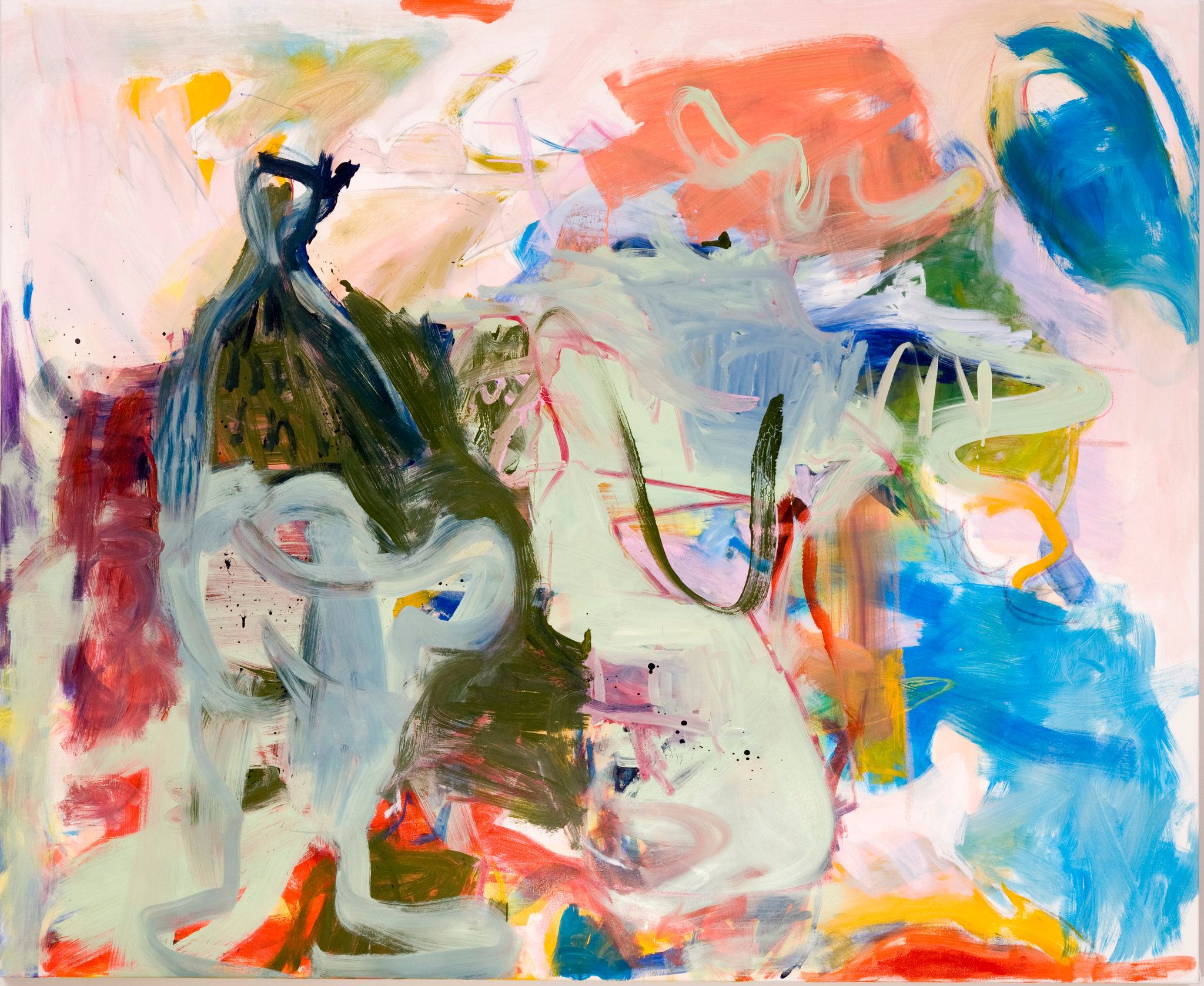
Anke Weyer,
The Setting Sun,
2009,
68 × 74 in (172.72 × 187.96 cm)
Oil and acrylic on canvas
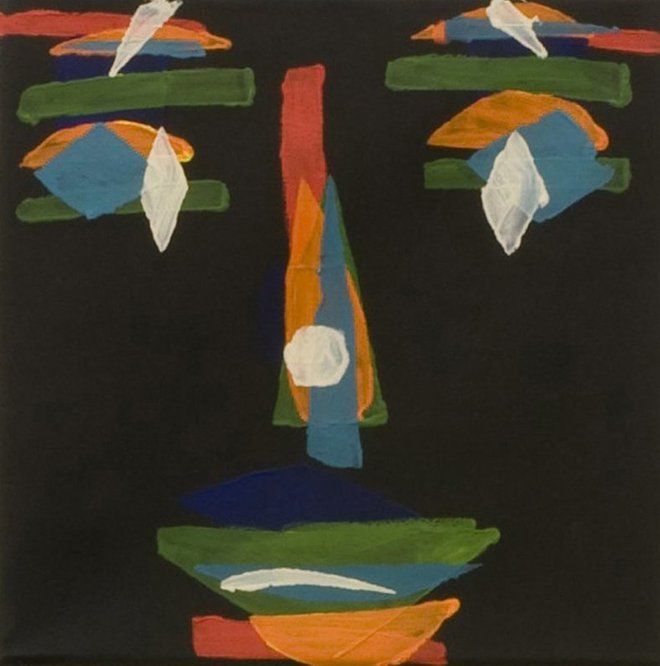
Elena Pankova,
N,
2010,
9 ¾ × 9 ¾ in (24.765 × 24.765 cm)
Oil on canvas
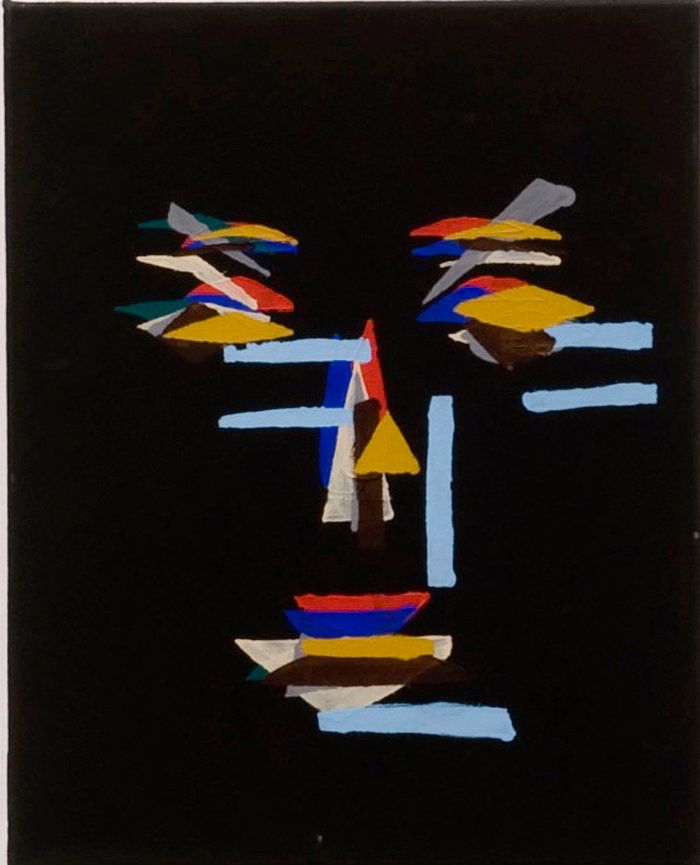
Elena Pankova,
Z,
2010,
20 × 16 in (50.80 × 40.64 cm)
Oil on canvas
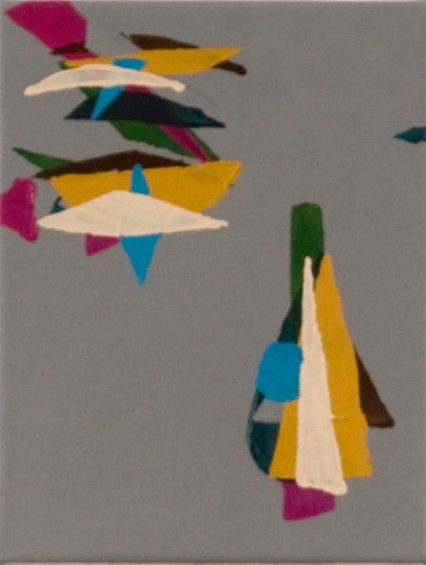
Elena Pankova,
R,
2010,
9 × 7 in (22.86 × 17.78 cm)
Oil on canvas
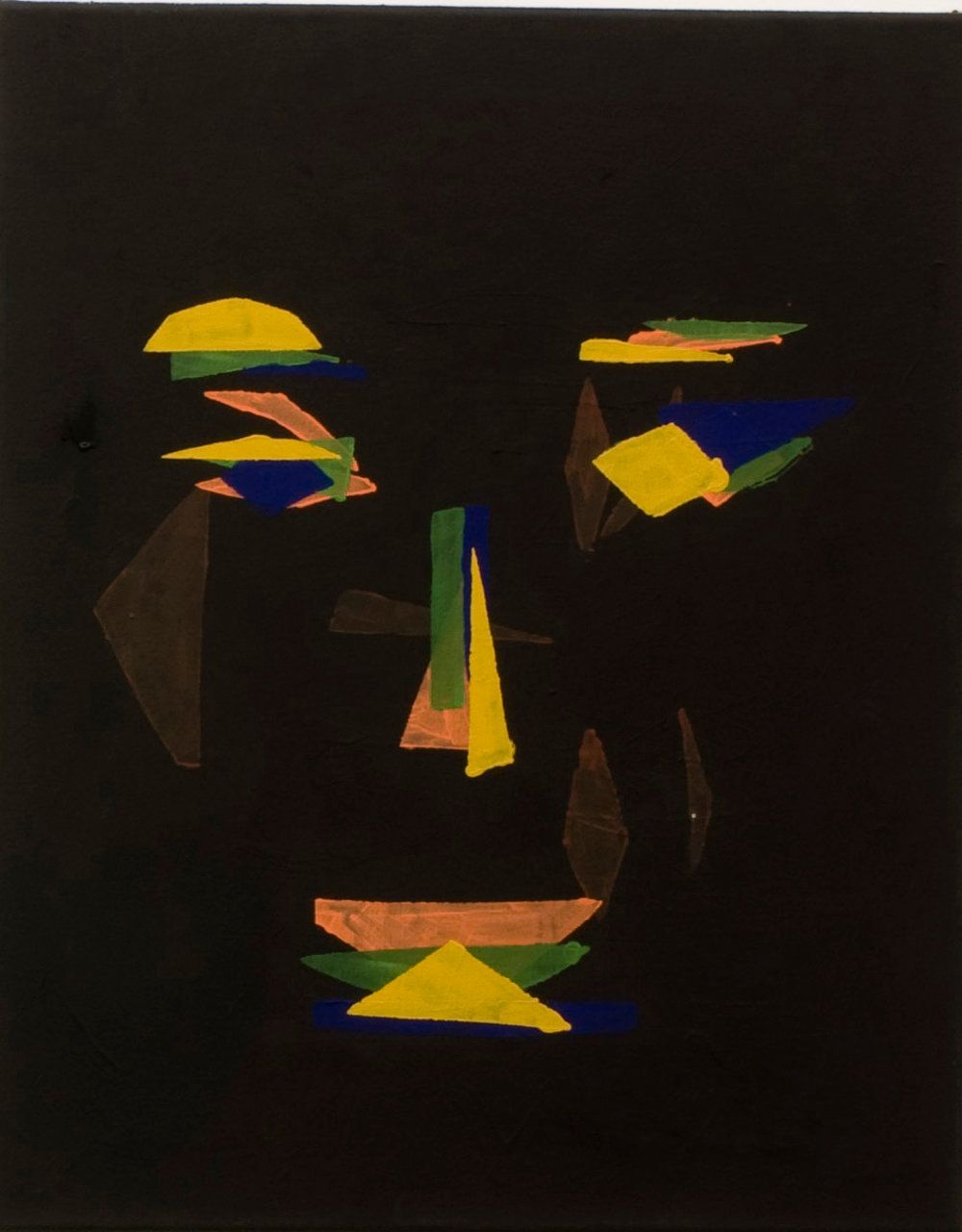
Elena Pankova,
O,
2010,
20 ¾ × 17 in (52.71 × 43.18 cm)
Oil on canvas
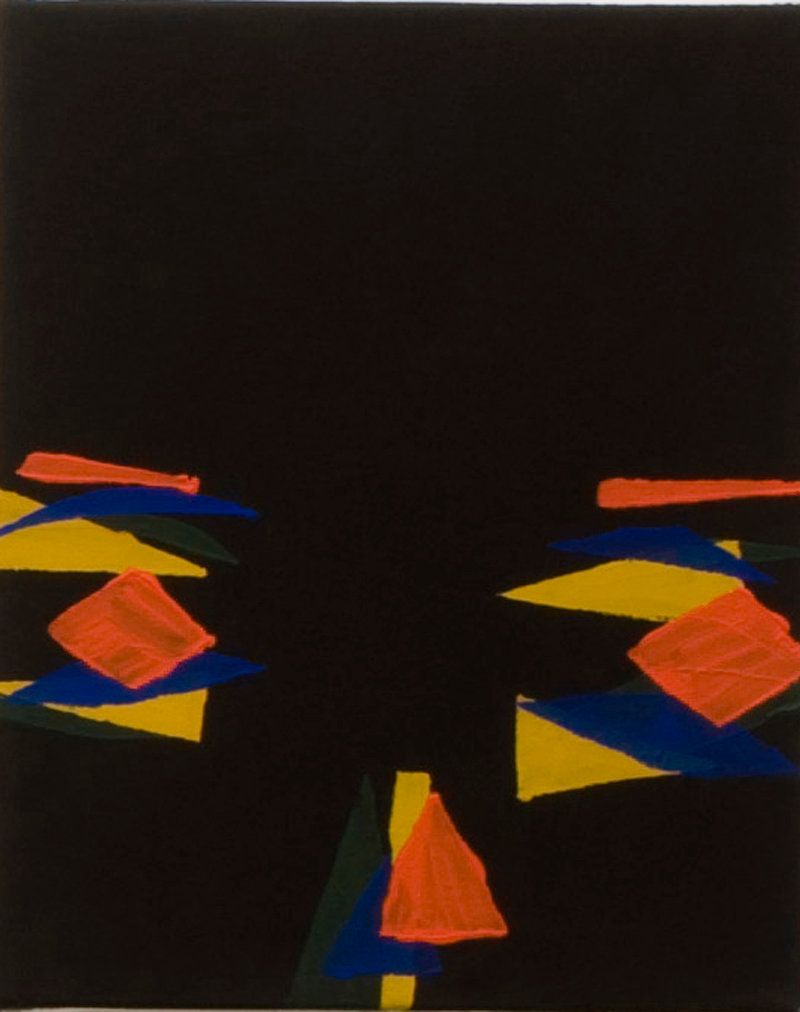
Elena Pankova,
Q,
2010,
12 × 10 in (30.48 × 25.40 cm)
Oil on canvas

Elena Pankova,
T,
2010,
9 × 7 in (22.86 × 17.78 cm)
Oil on canvas
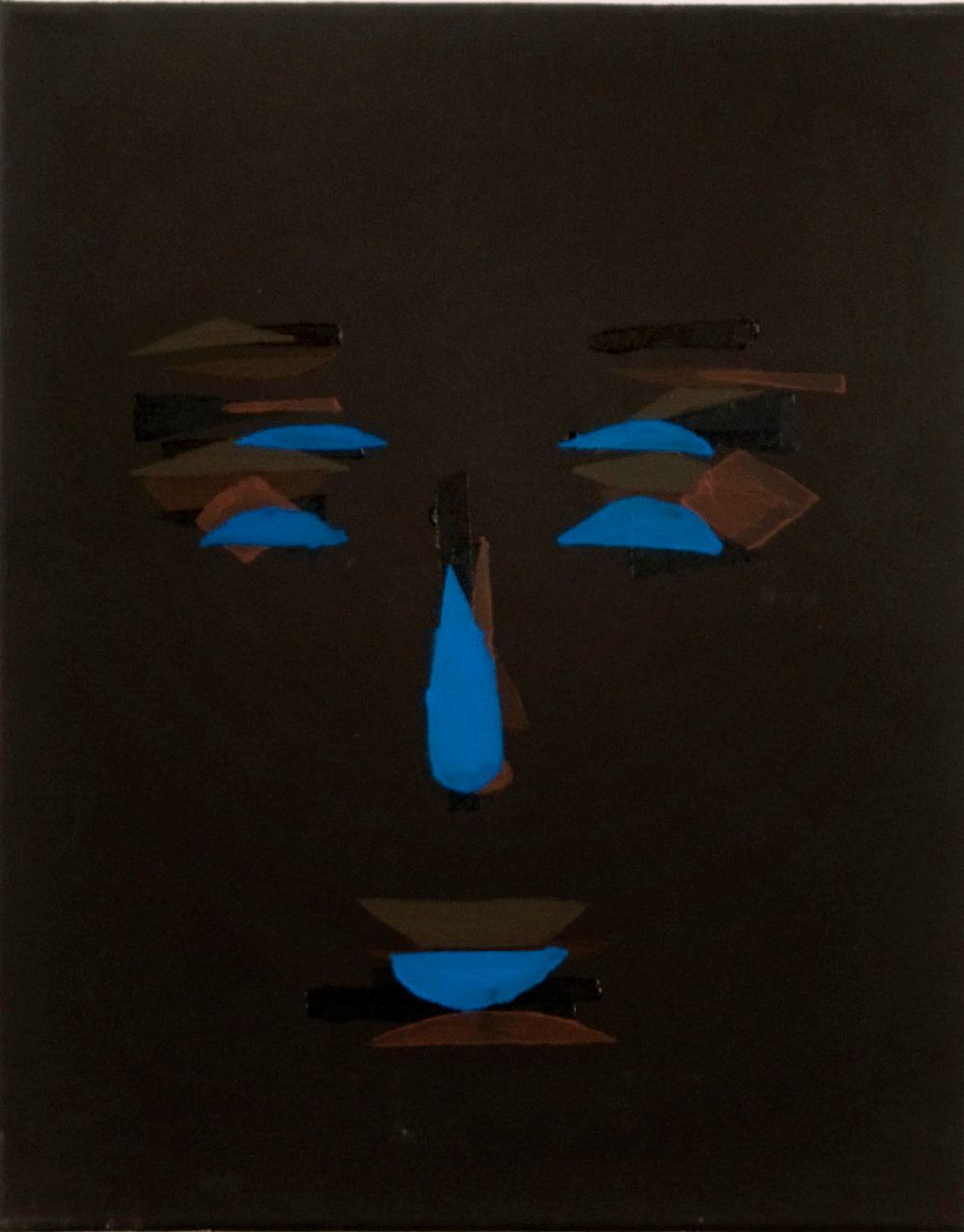
Elena Pankova,
U,
2010,
20 × 16 in (50.80 × 40.64 cm)
Oil on canvas
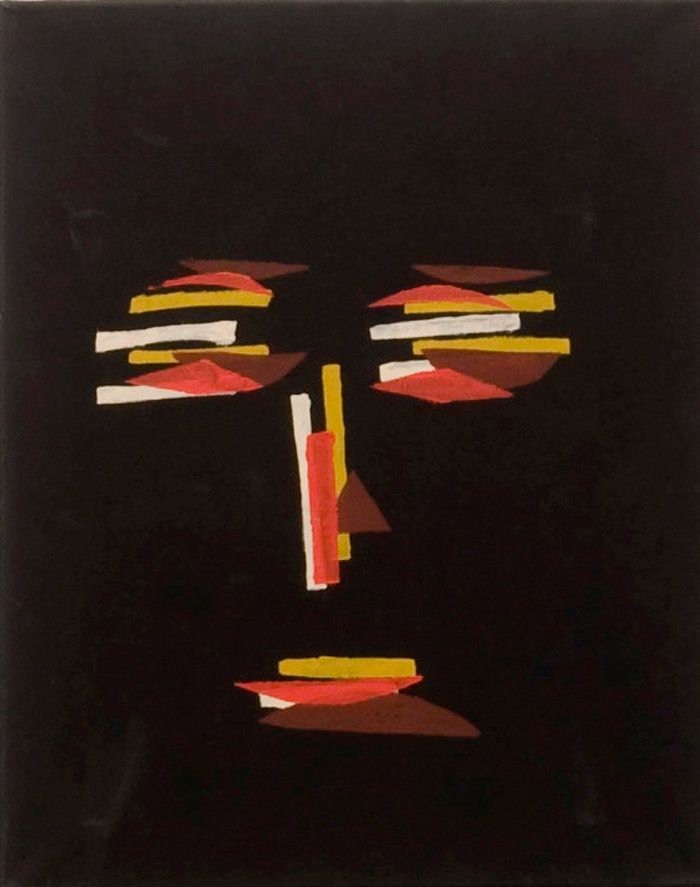
Elena Pankova,
V,
2010,
20 × 18 in (50.80 × 45.72 cm)
Oil on canvas

Elena Pankova,
Y,
2010,
24 × 12 in (60.96 × 30.48 cm)
Oil on canvas
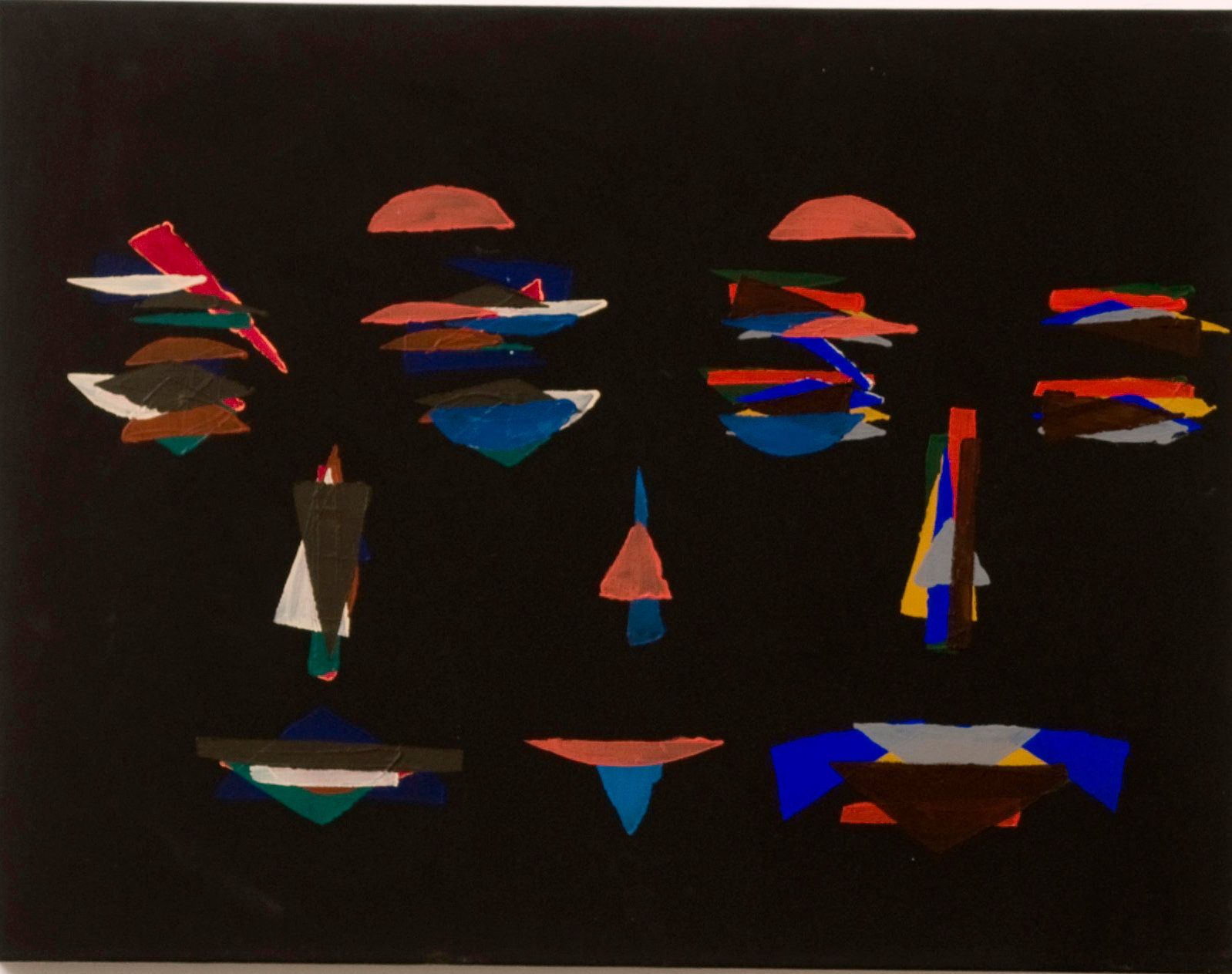
Elena Pankova,
S,
2010,
20 × 25 ½ in (50.80 × 64.77 cm)
Oil on canvas
Press Release
"Now all you children stay at home,
And be good girls while I am gone...
Especially you, my daughter Sue,
Or else I'll beat you black and blue."
Rhyme for the game "Mother the Cake is Burning", 1883
"Mother the Cake is Burning" refers to a schoolyard game from the late 19th century. The point of the game was for girls act to out what trouble could arise when mothers and daughters are neglectful of their kitchens. Here in the gallery, these women underscore the importance of rebuked responsibility and mischievous desires gone astray in paint. It is this delinquency that has consistently propelled these divergent practices.
Over the course of the last decade Anke Weyer has presented paintings that seem to defend and then discard the obvious traditions of craft and subject matter in painting. We have seen paintings that go from blackened landscapes to emotive dreamy figuration to coarse and degenerate abstractions all hanging within the same show. This latest exhibition is no exception. Decimated landscapes are returned to their animals, under-painting is washed with high chroma where unnatural color glows from behind a sometimes sludgy, sometimes lacy surface. Riffing on the dashed Fauvist landscapes of Maurice de Vlaminck, Weyer tempers her color and brushwork. This restraint is lost when it comes to rendering form. Here a Kirchnerian freedom to place expression over the visual order of the real is consistently upheld.
In contrast to the unapologetic sprawl of Weyer's works, Ms. Pankova offers us a series of stenciled face paintings on modest sized store bought canvases. The paintings are at once mysterious and plain. Ms. Pankova has often used a kind of installation to frame or modify a body of painting. Here they are re-contextualized through the bookends of domestic potted plants, referencing Marcel Broodthaer's home-built installation from 1968: Museum of Modern Art, Department of Eagles. This famous Duchampian "institutional critique" is re-interpreted here by Pankova. Broodthaers' ironic objects are both replaced and deflated with the charm of lowbrow sentimental painting. The less-coded contents of Pankova's museum employ pathos over wit. Here the critique can't even climb the institutions' front steps. Instead it loiters out front with the guy selling craft paintings on a blanket. The whole endeavor brings us down to the street where paintings are returned their humble and stupid root.
Both of these women stage a complex investment in how painting can fail. Both are insistent painters. Pankova is merciless in her deflation of painting but cant help to make a sincere picture when faced with the task. In doing so she insists on the freedom to make a painting as she sees fit even if she trips over pathetic on the way. Weyer's insistence is more to undermine than deflate. She will keep digging. Destined for avalanche, Ms Weyer holds a stubborn and illogical romance for light and shadow. There is a symbiotic relationship between these two practices that we are happy to finally have an opportunity to celebrate.